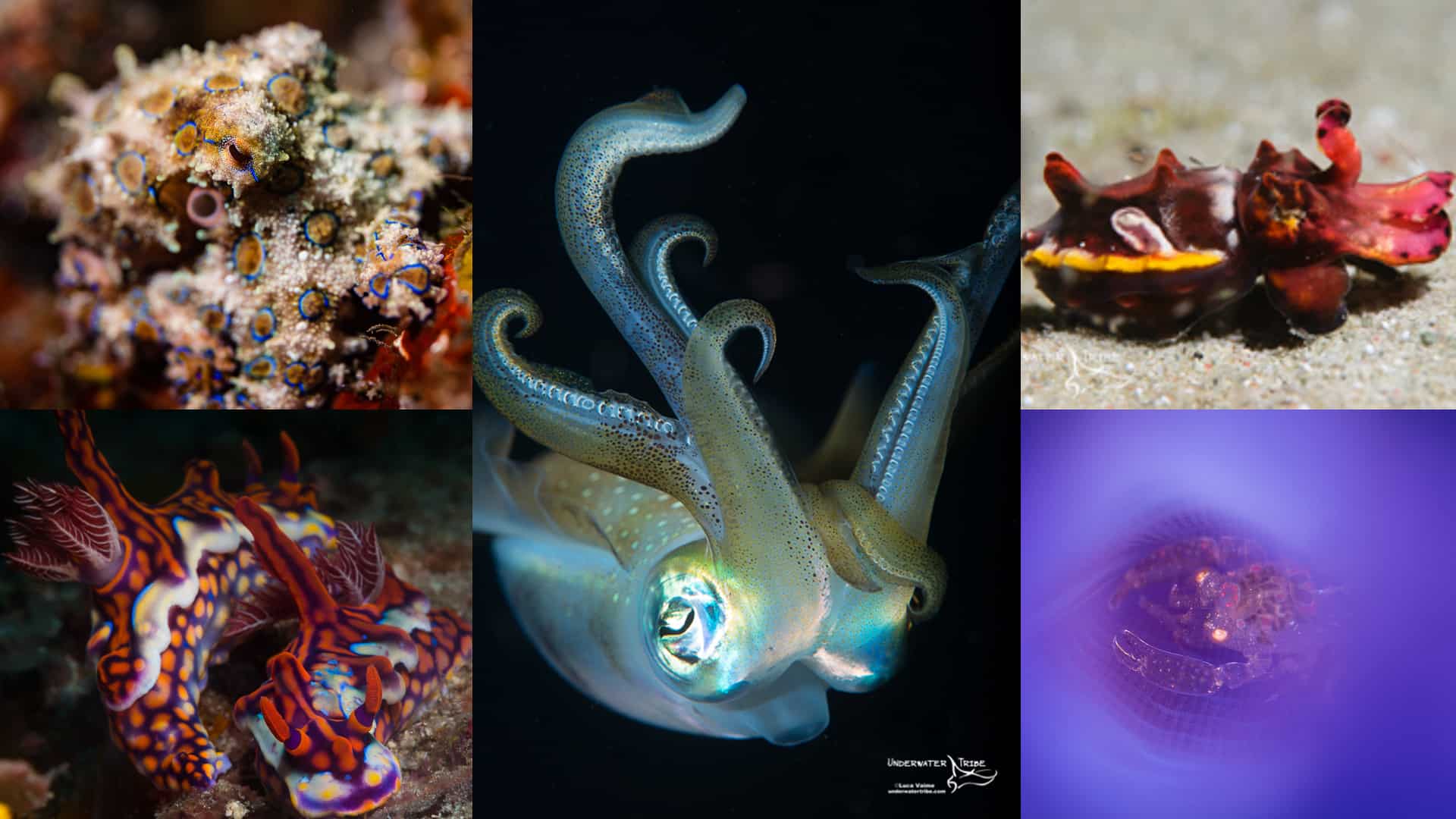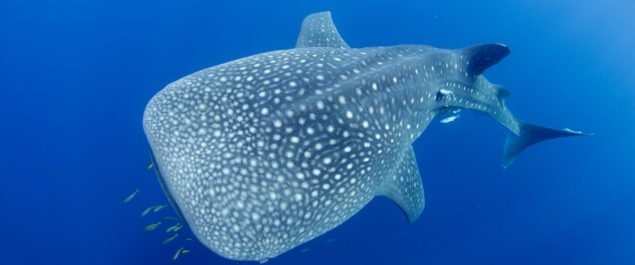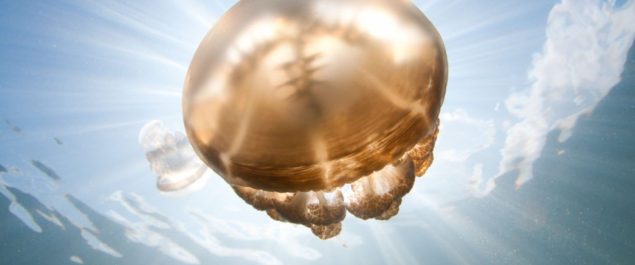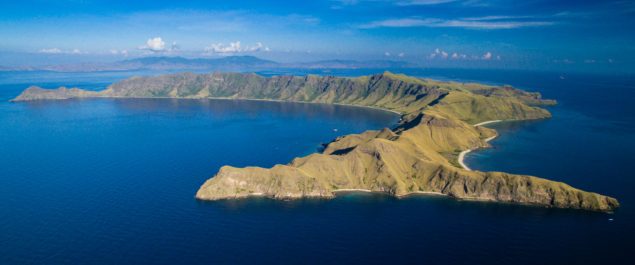Komodo National Park Best 5 Macro Sites
Komodo – It’s Not All Wide Angle
There are several areas of Indonesia which are considered incredible wide angle photography destinations. Raja Ampat, Bunaken National Park, the Banda Sea, and Komodo often top the list of wide angle photography or big animal action locations. However, these areas also offer a lot more than wide angle, they also offer incredible macro photography opportunities.
Komodo National Park is a great place to interact with mantas or swim through a tornado of fusiliers, but it’s also a world class macro destination. If you are planning on traveling to Komodo, pack more than your wide angle lens, there are endless opportunities to shoot a wide variety of impressive little things too. Let’s have a closer look at the Top 5 macro or “critter” dive sites in the Komodo region.
1. Sangeang Island
Although not a part of the National Park, this 2 peaked volcanic island lies only a short distance to the NW of Komodo Island. With nutrient rich black sand surrounding the island, the critter diving opportunities here are endless. Instead of just one site, Sangeang offers dozens of top notch critter dives all around the island. Dive sites such as Hot Rocks, Black Magic, Techno, and Bonto offer an incredible variety of different life in several distinct environments. Nudibranchs are possibly the biggest attraction here and it’s not out of the ordinary to find a couple of dozen different species on a single dive. Ghost Pipefish, frogfish, all kinds of octopus, pygmy seahorse, and bobtail squid are just a small sample of the creatures found while diving around this island.
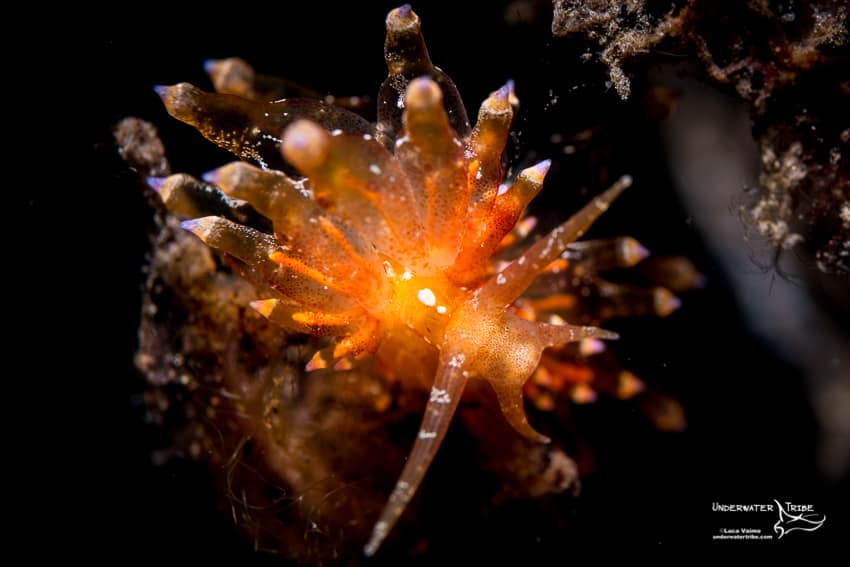
2. Yellow Wall
The southern end of the Komodo National Park is known for cool, nutrient rich waters that attract a large number of manta rays. However, this nutrient filled water is also great for creating a critter rich environment. Horseshoe Bay, in the far southern end of Rinca Island, is a calm bay that is home to several amazing critter dives. “Yellow Wall of Texas” is one of the premiers sites and is named after the large number of yellow soft corals found along the wall. However, it’s not only the corals that are the attraction of this site, Yellow Wall is possibly the best dive site in the National Park to photograph the ubiquitous Ladybug amphipods. Of course Ladybugs are not the only attractions: frog fish, zebra crabs and coleman shrimp on fire urchins, nudibranchs galore, and mantis shrimp are only the tip of the iceberg of this combination wall/slope dive.
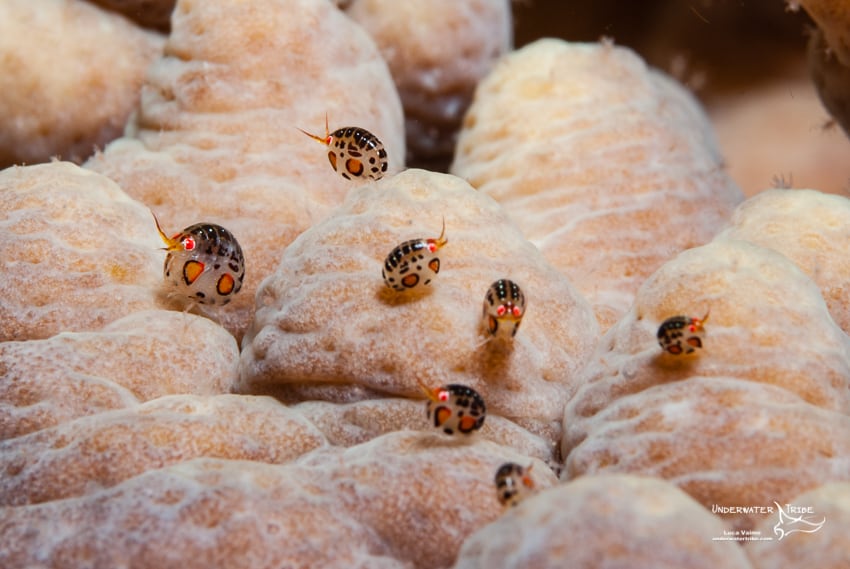
3. Cannibal Rock
One of the most famous sites in all of the Komodo National Park, Cannibal Rock is also located within Horseshoe Bay. This submerged pinnacle is an incredible wide angle dive, however, when looking for the tiny things on the reef the true beauty of this site emerges. Sea Apples, Ladybugs, pygmy seahorses, frogfish, clownfish galore and the amazing looking magnificent ceratasoma nudibranch are some of the highlights of this dive. This site is one that is best done more than once with both wide and macro lenses. Although the current can certainly be strong here, a good guide will always put his or her divers in the right place to enjoy it.
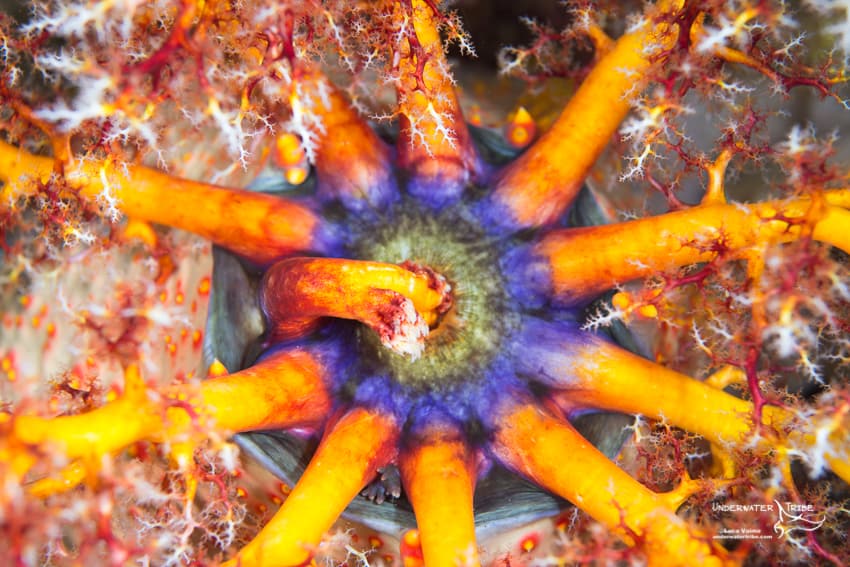
4. Wainilu Island
Wainilu is a favourite site of many critter spotters and is perfectly located near the entrance to the Rinca Ranger Station. Most divers jump here around dusk in order to spot the wonderful mandarin fish and picturesque dragonets that inhabit the shallows. A night dive in Wainilu often means finding fire urchins and their hitchhikers such as zebra crabs and coleman shrimp, ghost pipefish, squid, cuttlefish, all kinds of weird and wonderful nudibranchs and the beautiful picturesque dragonet.
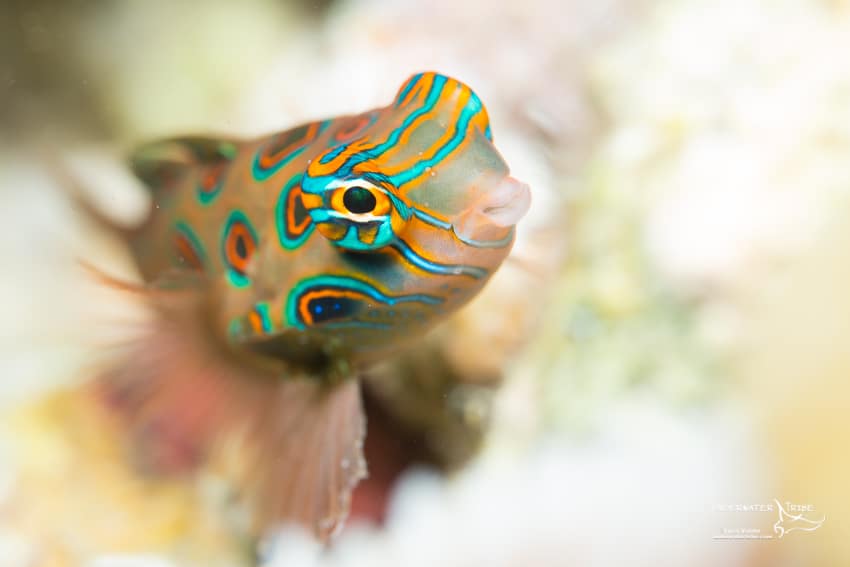
5. Soro Lia
This is another hot night dive and is a little known site close to the Komodo Island Ranger Station. One of the highlights of this dive is the chance to encounter Flamboyant cuttlefish and octopus such as long armed or coconut octopus. Other favourites include the cute bobtail squid and hundreds of small sea cucumbers which are hosts to delicate porcelain crabs. A unique coral head in only a few metres of water often plays host to several frogfish which prey upon the tiny fish trying to find shelter.
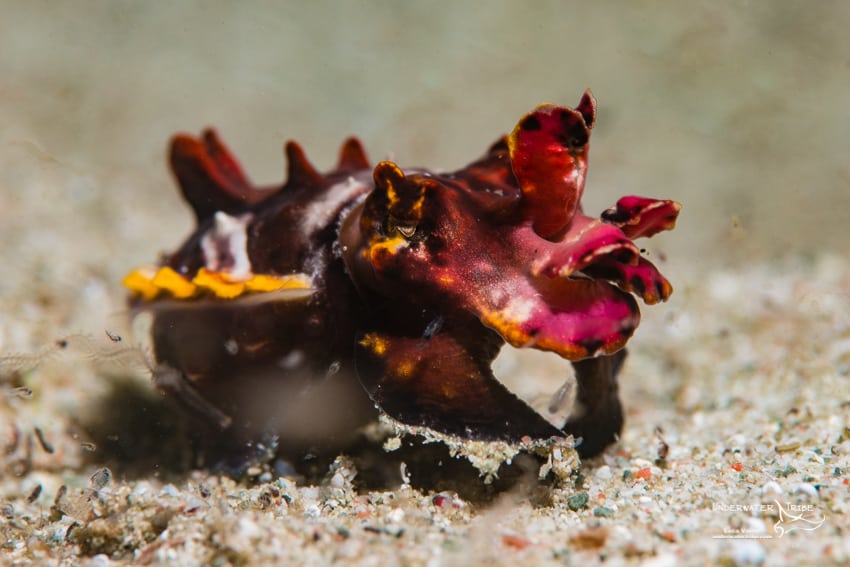
Of course there are many other fantastic macro photography sites in the Komodo region, Siaba Besar and Torpedo Alley are two examples and everyone has their personal favourites. What is your personal favourite and why? Share your thoughts on the comments section below.
